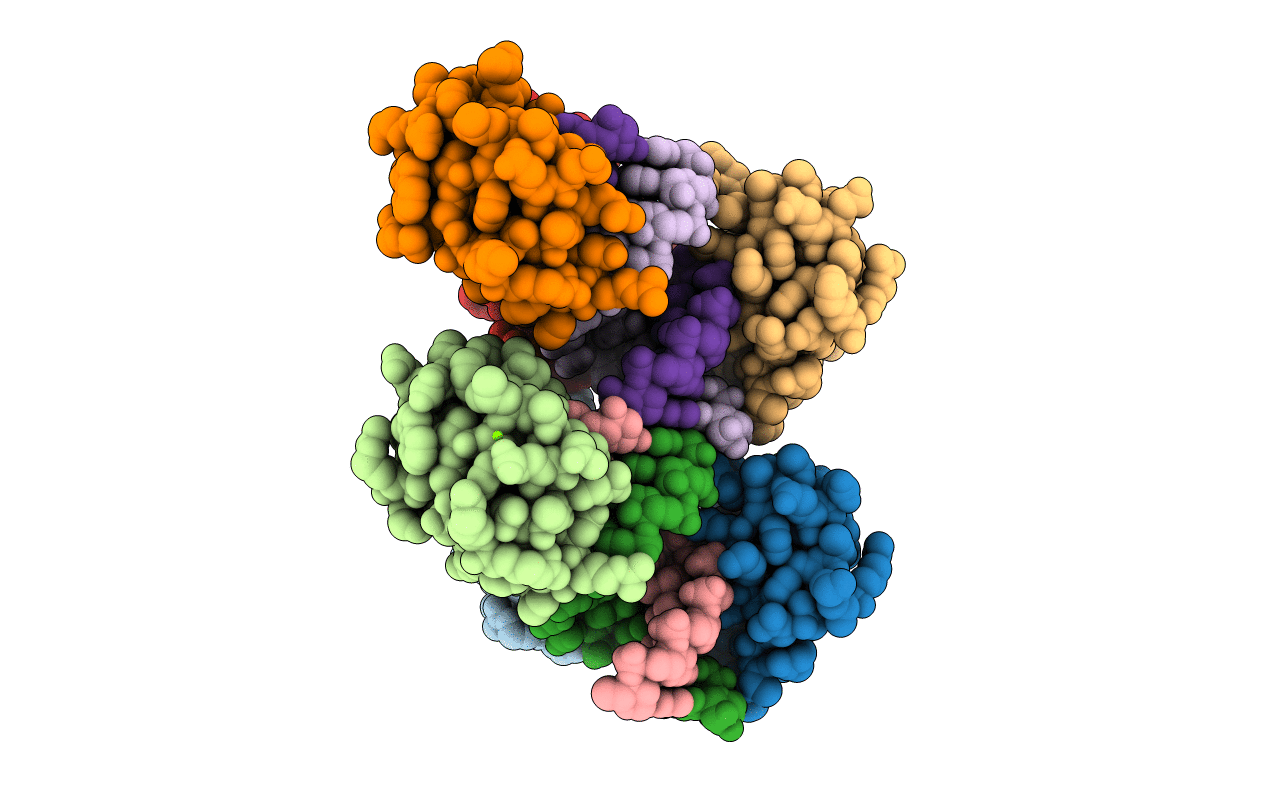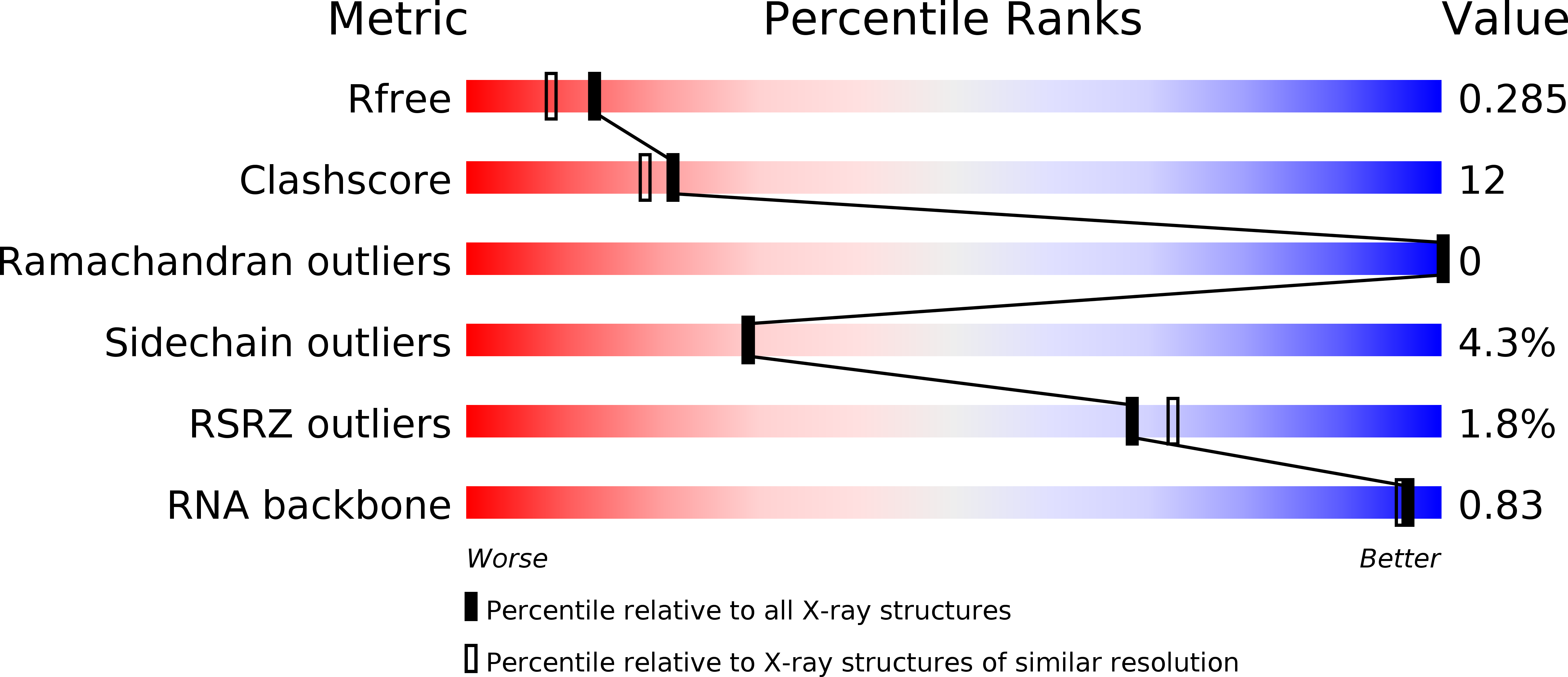
Deposition Date
2007-12-26
Release Date
2008-03-25
Last Version Date
2024-02-21
Entry Detail
PDB ID:
3BSU
Keywords:
Title:
Hybrid-binding domain of human RNase H1 in complex with 12-mer RNA/DNA
Biological Source:
Source Organism:
Homo sapiens (Taxon ID: 9606)
Host Organism:
Method Details:
Experimental Method:
Resolution:
2.10 Å
R-Value Free:
0.29
R-Value Work:
0.22
Space Group:
P 21 21 21


